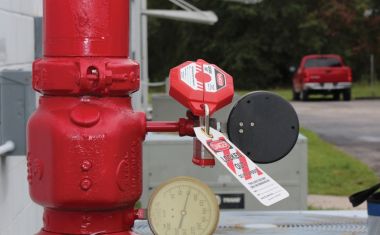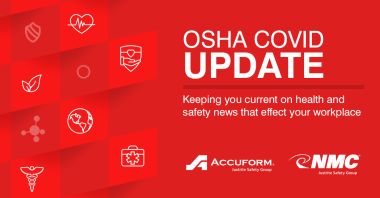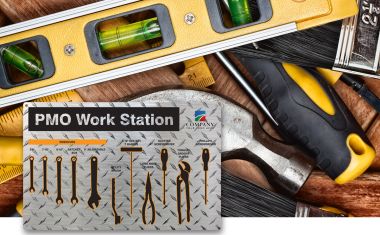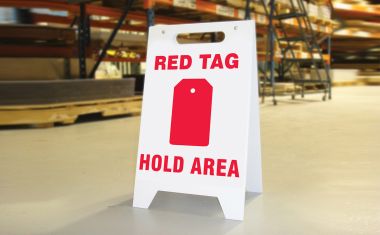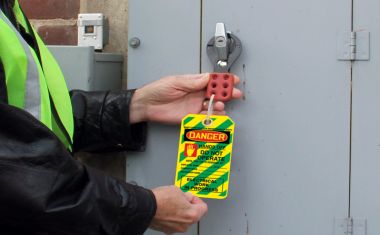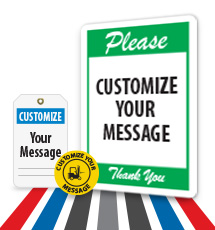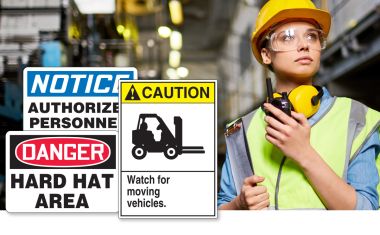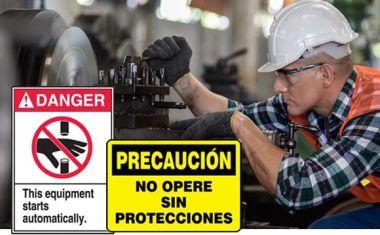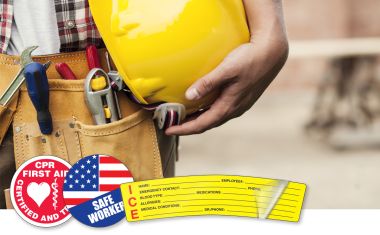What is ANSI?
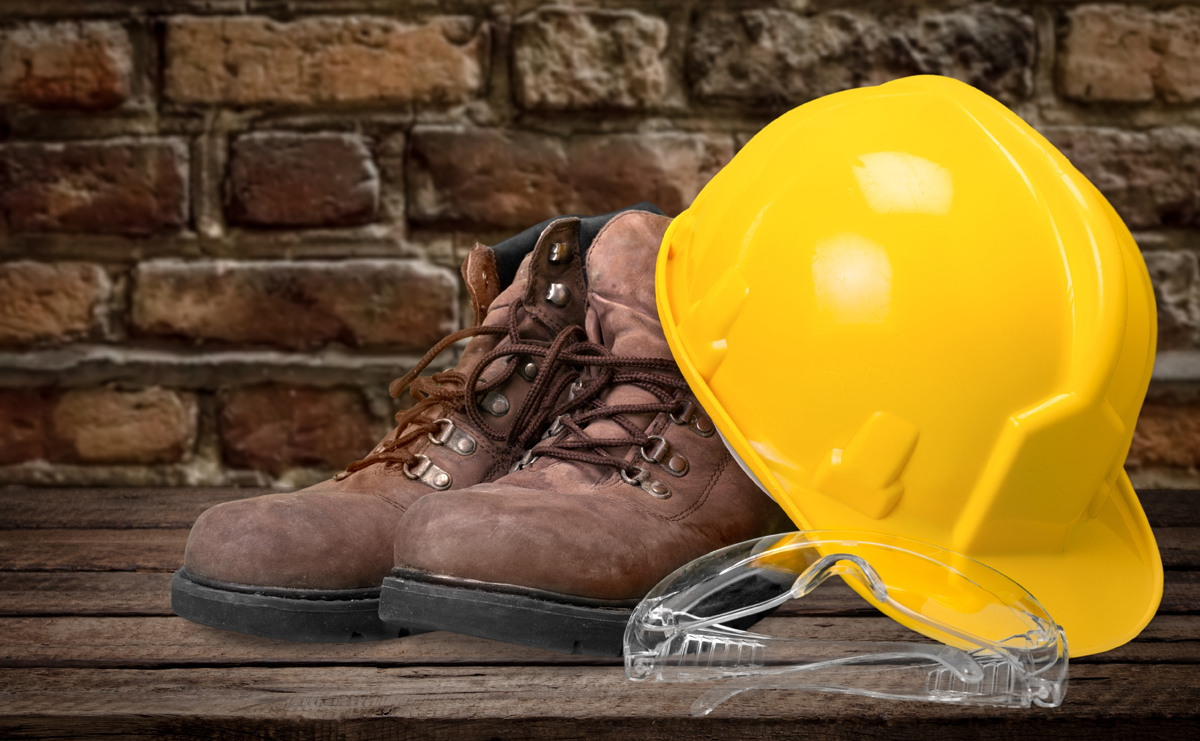
An overview of ANSI and why you need ANSI signs and labels in your workplace or jobsite
Q: What is the History of ANSI?
A: The American National Standards Institute (ANSI) started in 1916 to establish an impartial national body to coordinate standards development, approve national consensus standards, and halt user confusion on acceptability. ANSI oversees the development and use of standards and is the voice of the U.S. standards and conformity assessment system. With standards, something as simple as an electrical plug is essentially designed the same – however, 100 years ago that was not the case.
ANSI was created to enhance the global competitiveness of U.S. businesses and the U.S. quality of life. Through their mission, they’ve promoted and facilitated voluntary standards and conformity assessment systems. The organization plays a critical role in creating international standards that support the worldwide sale of products, which prevent regions from using local standards to favor local industries.
Q: Do I need ANSI Z535 and ANSI ISO Signs and Labels?
A: ANSI sign and label formats use a combination of nationally and internationally recognized pictograms, signal words, and a clear and concise message to convey safety messages in today’s workplace. ANSI signs provide more information to make it easier to quickly grab the attention of others and encourage them to make better, safer choices.
Warning others against specific hazards, such as, high voltage, biohazards, and pinch points, rely heavily upon consistency and bold, graphical images. With ANSI signs and labels, universally recognized symbols prevent personal injury by visually alerting people to potential hazards. Additionally, symbols help bridge language barriers and are used to meet global compliance objectives.
Q: Are ANSI Z535-Style Signs and Labels approved by OSHA?
A: The ANSI Z535-style sign wasn’t formally acknowledged by OSHA, until June 13, 2013, when the Final Rule was issued and went into effect on September 11, 2013. The revision in the OSHA Standard 29 CFR 1910.145 specifications for accident prevention signs and tags, formalized both OSHA- and ANSI Z535-style signs are acceptable.
OSHA determined that ANSI-style signs are at least as protective as the OSHA-style ones (referring specifically to signs (or tags) that comply with ANSI Z53.1-1967, Z32.1-1968 and Z35.2-1968).
The OSHA final ruling ultimately gives employers another option with OSHA’s existing signage standards.
Learn more about what is OSHA here.
Q: What signal words are recognized by ANSI?
A: ANSI Z535-style and ANSI ISO signs use the signal words: DANGER, WARNING, CAUTION, NOTICE, or SAFETY INSTRUCTIONS, and include specific details about the nature of the hazard, the consequences of interacting with risks, and prevention procedures.
A distinguishable feature for ANSI’s DANGER, WARNING, and CAUTION header is the safety alert symbol precedes the signal word. This is a triangle surrounding an exclamation mark, signifying attention to potential hazard.
Q: What are the approved standards for ANSI signs and labels?
A: ANSI and the National Electrical Manufacturers Associated (NEMA) created a guide for communicating safety information in public spaces, the workplace, and for a variety of consumer and industrial products. The comprehensive collect of ANSI/NEMA standards include information about colors, symbols, placement, and design.
- ANSI/NEMA Z535.1 Safety Colors
- ANSI/NEMA Z535.2 Environmental Facility and Safety Signs
- ANSI/NEMA Z535.3 Criteria for Safety Symbols
- ANSI/NEMA Z535.4 Product Safety Signs and Labels
- ANSI/NEMA Z535.5 Safety Tags and Barricade Tapes (for Temporary Hazards)
- ANSI/NEMA Z535.6 Product Safety Information in Product Manuals, Instructions and Other Collateral Materials
Q: What’s the main difference between ANSI and OSHA?
A: The American National Standards Institute (ANSI) is a not-for-profit, private organization dedicated to promoting voluntary consensus standards. Since ANSI standards are voluntary, ANSI has no enforcement power. Other organizations can create the standards that implement standards, like OSHA.
Although ANSI isn’t a government agency, they do serve as a channel of information between the public and private sector. Their staff takes the lead in maintaining key government relationships and monitoring public issues involving standards and conformity.
The Occupational Safety and Health Administration (OSHA) is a government agency created by Congress to assure safe and healthful working conditions for working men and women by setting and enforcing standards and providing education training.
ANSI standards are often adopted by OSHA and become a law. ANSI and OSHA have a formalized relationship and work together to develop national standards for occupational safety and health issues, although ANSI is a private organization and OSHA is a government agency.
Learn more about what ANSI and OSHA signs look like here.
Q: Who does ANSI have strong relationships with?
A: ANSI has a strong relationship with various segments of the federal government. Since voluntary standards help the government achieve their obligation to ensure the safety and health of the public, maintaining a cooperative relationship is important to provide solutions to critical issues for U.S. citizens – without creating additional cost and operations burdens.
ANSI standards directly impact nearly every business through globally-accepted principles of standardization. ANSI is the official U.S. Representative to the: International Telecommunication Union (ITU), International Organization for Standardization (ISO), and International Electrotechnical Commission (IEC).
Learn more about what is ANSI by watching this short video created by ANSI.
Resources:
https://www.ansi.org/standards_activities/overview/overview.aspx?menuid=3
https://www.ansi.org/about_ansi/overview/overview.aspx?menuid=1
https://www.ansi.org/about_ansi/introduction/history.aspx?menuid=1
https://www.ansi.org/about_ansi/Faqs/faqs.aspx?menuid=1
https://www.ansi.org/news_publications/other_documents/safeguarding?menuid=7
